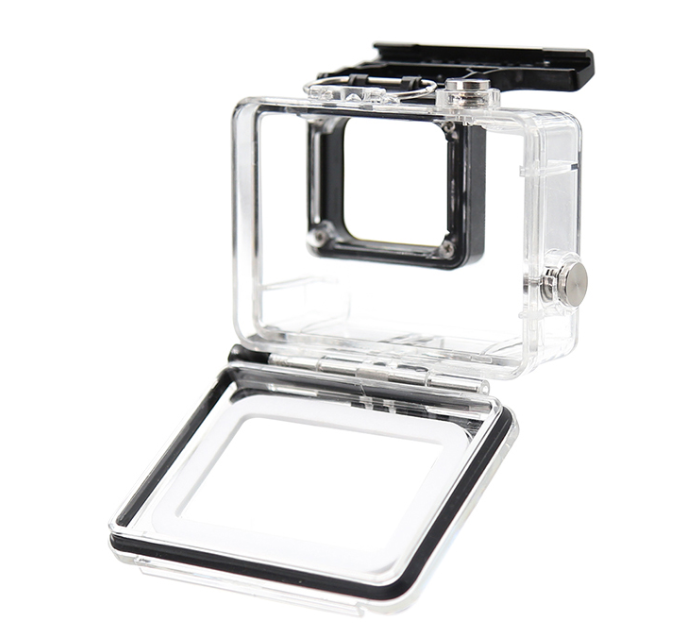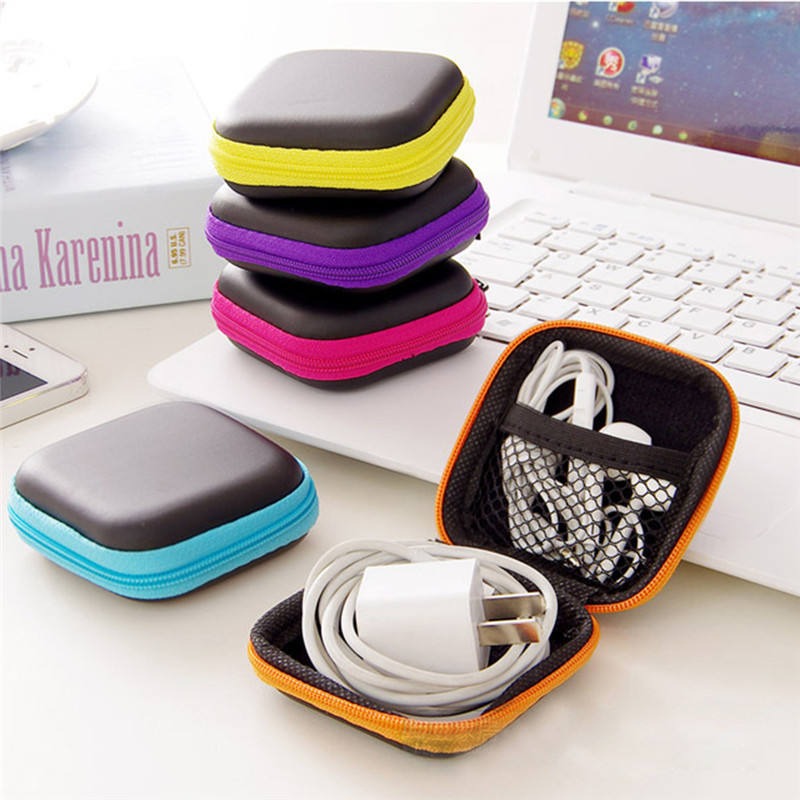
Action cameras have become increasingly popular among adventure enthusiasts, providing them with the ability to capture thrilling moments during various outdoor activities. To ensure the longevity and optimal performance of these devices, many users opt to protect them with action camera protectors. When choosing the best design for your action camera protector, several factors should be considered, such as form factor, accessibility, functionality, compatibility, and aesthetics. This essay will discuss how to choose the best design for your action camera protector, taking into account these essential factors.
I. Form Factor: The form factor of an action camera protector refers to its shape and overall design. It is crucial to choose a design that matches the shape and size of your action camera. Some protectors are specifically designed for specific camera models, offering a precise fit and seamless integration. Others come in universal designs that can accommodate various camera models. Consider the form factor that best suits your camera’s dimensions, ensuring that the protector covers the camera’s body, lens, and other vulnerable areas adequately.
II. Accessibility: When choosing the design of your action camera protector, consider its impact on accessibility. Ensure that the protector allows easy access to essential features, buttons, ports, and controls of the camera. Look for protectors that provide precise cutouts or button covers, enabling smooth operation without the need to remove the protector. Pay attention to the design of the protector around the camera’s display, ensuring that it does not obstruct the view or hinder touch functionality.
III. Functionality: The functionality of an action camera protector is an important consideration. Some protectors offer additional features, such as lens caps, screen protectors, or built-in filters. Lens caps protect the camera’s lens from scratches, impacts, and debris when the camera is not in use. Screen protectors safeguard the display from scratches or accidental damage. Built-in filters can enhance the camera’s image quality by reducing glare, enhancing colors, or achieving specific effects. Consider the additional functionalities that may benefit your specific needs and choose a design that incorporates them.
IV. Compatibility: Compatibility is a crucial factor when choosing the design of your action camera protector. Ensure that the protector is compatible with your specific camera model. Different action cameras have different designs, dimensions, and button placements. Therefore, it is essential to choose a protector that offers a precise fit and aligns with your camera’s specific features.
V. Aesthetics: While the primary function of an action camera protector is to protect the camera, aesthetics should not be overlooked. Choose a design that suits your personal preferences and style. Some protectors come in various colors or patterns, allowing you to customize the appearance of your camera. Others offer a transparent design, allowing the camera’s original aesthetics to shine through. Consider the aesthetics that appeal to you and choose a design that complements your personal taste.
VI. Material and Build Quality: The material and build quality of an action camera protector significantly impact its durability and reliability. Look for protectors made from high-quality materials, such as ruggedized plastics, silicone, or rubber, that provide sufficient protection against impacts, scratches, and other hazards. Consider the build quality, ensuring that the protector is well-constructed, with secure seams, precise cutouts, and a snug fit. Reading reviews and researching the reputation of the brand can provide insights into the material and build quality of the protector.
VII. User Reviews and Recommendations: To make an informed decision about the best design for your action camera protector, consider reading user reviews and seeking recommendations from trusted sources. User reviews offer insights into the performance, durability, and overall satisfaction of other users with a particular design or brand. Recommendations from friends, fellow adventurers, or online communities can provide valuable insights based on real-world experiences. By considering user reviews and recommendations, you can make a more informed decision and choose a design that has proven to be reliable and effective.
Conclusion: Choosing the best design for your action camera protector involves considering crucial factors such as form factor, accessibility, functionality, compatibility, aesthetics, material, build quality, and user reviews. By carefully evaluating these factors, you can select a protector that not only provides reliable protection for your action camera but also complements your personal preferences and style.









